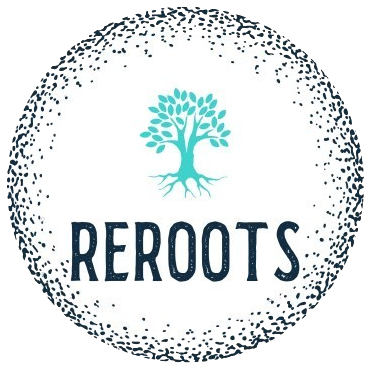Introducing Sustainability Essentials, a three-part curriculum tailored to provide small businesses with the knowledge, resources, and practical steps necessary to adopt sustainable practices. Although this course is ultimately intended to transform small business operations, leaders and visionaries across all fields will find its content highly valuable as they navigate a future in which business sustainability — and an understanding of it — is the cornerstone of thriving communities and markets.
Currently, there exists a false binary between sustainability and financial growth. However, sustainability — especially as climate concerns take root in the minds of customers and investors alike — is not mutually exclusive with a business's bottom line, but in fact, critical to powering it.
Each part of the course consists of a slideshow with actionable steps and multiple accompanying articles with in-depth explanations and insights.
Part 1: Understanding the Impact
The first segment introduces the typical small business’s environmental impact on its local community. This occurs in a multitude of forms, from detrimental effects on local air quality to disruptions within the communities water supply or raw materials. It then expands on the negative effects this imposes on profits and relationships with suppliers, customers, and policy actors. While these effects may be easy to ignore in the short run, in the long run, their negative impact on a business’s productivity and the environment compounds. This segment lays the foundation for the next two parts of the course.
Part 2: Taking Action
While current operations often harm both finances and communities, feasible and quick changes exist. This segment outlines a variety of impactful adjustments that businesses can adopt — from energy efficiency improvements to sustainable transportation and more. Naturally, many business leaders are inclined to believe that the time they would have to spend to take action will be too costly; however, the strategies we will provide are those that can be implemented in just minutes and grounded on the basis of rigorous research and case studies.
Part 3: Leveraging The Resources & Rewards
As small businesses begin transitioning toward sustainability, recognizing the support available through incentives, subsidies, and partnerships is essential. At the same time, sustainable practices can power business growth. Suppliers, customers, and collaborators increasingly seek out green businesses, boosting customer retention, acquisition, and operational efficiency. This segment presents a range of grants, rebates, and financing plans — effectively “free money” — that can be leveraged for scalable impact.
A Note on Strategy and Opportunity
As covered in detail throughout the course, unsustainable business practices generate numerous negative externalities. Sustainable businesses, in contrast, are more efficient and considerate — saving money, time, and the environment. As communities and governments begin to act on these externalities, those who have embraced sustainability early will find themselves holding a competitive advantage, backed by a growing network of support and opportunity.
